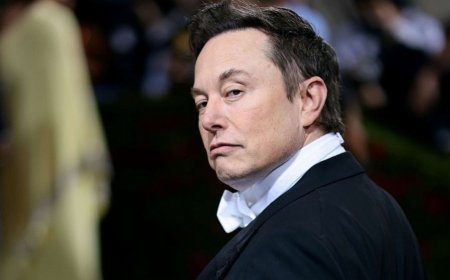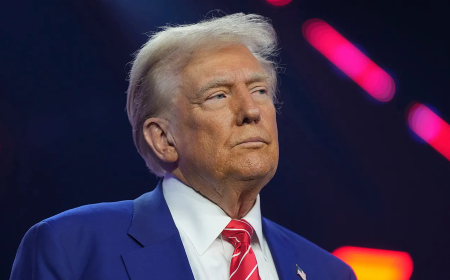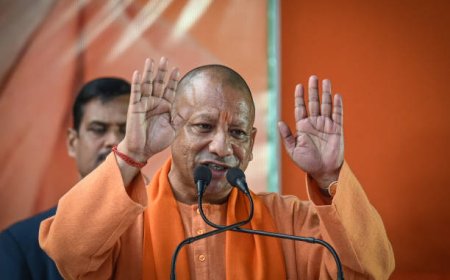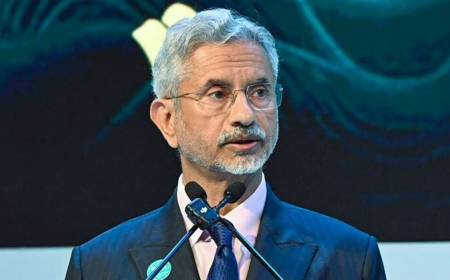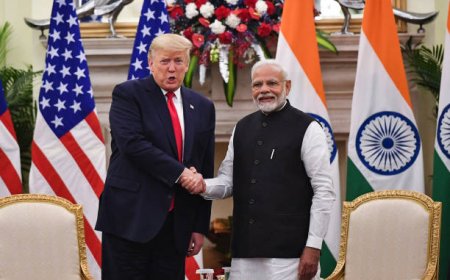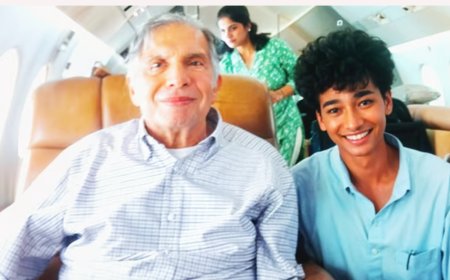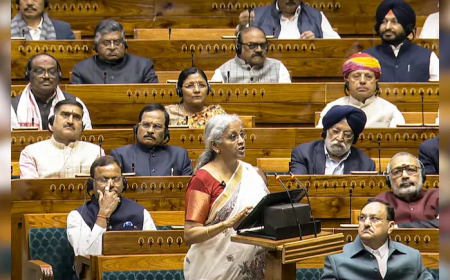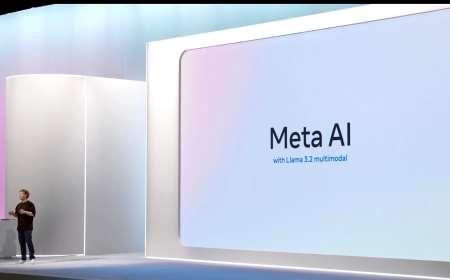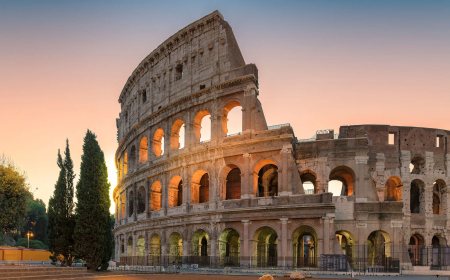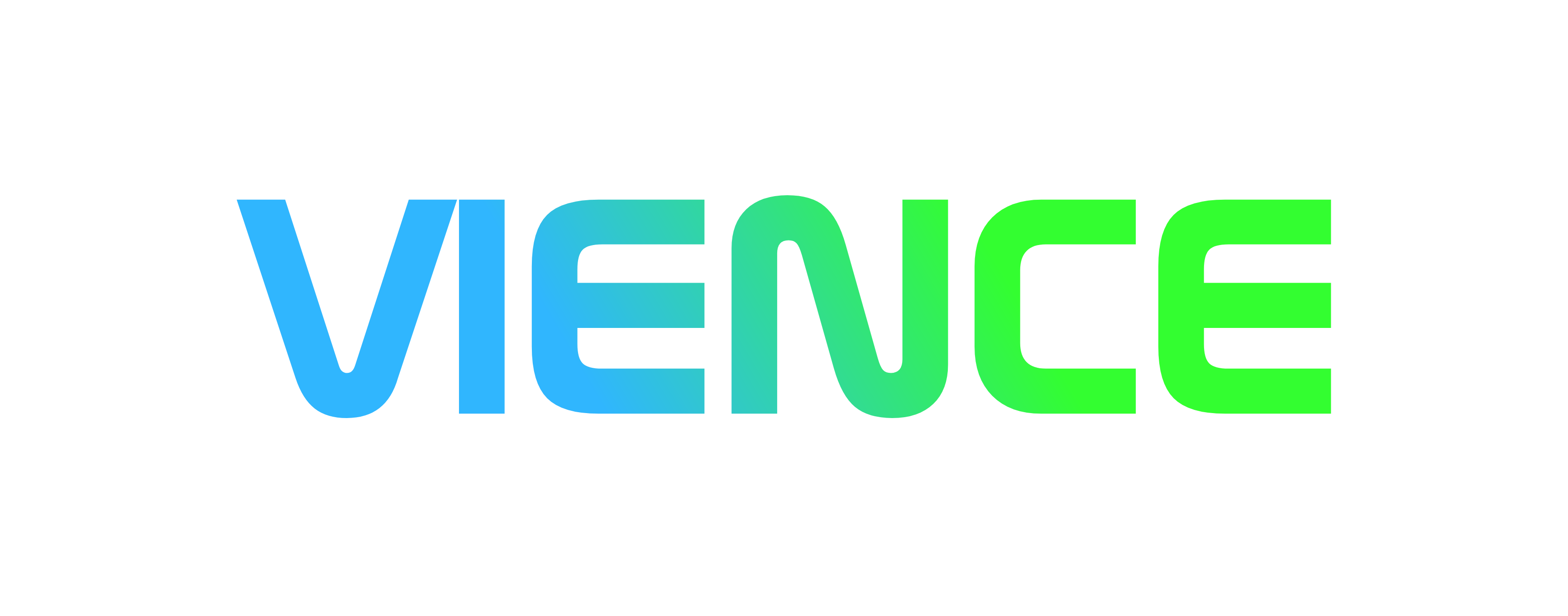From ₹2 Lakh to ₹12 Lakh: A Decade of Income Tax Reforms in India
Over the past decade, India's income tax framework has undergone significant changes, notably increasing the tax exemption limit from ₹2 lakh in 2014 to ₹12 lakh in 2025, reflecting the government's commitment to easing the tax burden on individuals.

In 2014, under Prime Minister Narendra Modi's leadership, India's income tax structure began a transformative journey. At that time, individuals earning up to ₹2 lakh annually were exempt from paying income tax. This threshold was a reflection of the economic conditions and fiscal policies prevalent during that period. However, as the economy grew and the cost of living increased, there was a pressing need to revisit these tax slabs to provide relief to the common man.
The first significant change came in 2014 itself, when the exemption limit was raised to ₹2.5 lakh. This move aimed to increase disposable income in the hands of taxpayers, thereby stimulating consumption and economic growth. Over the next few years, the government introduced various measures to simplify the tax structure and make it more taxpayer-friendly. For instance, in 2019, the rebate under Section 87A was increased, effectively making income up to ₹5 lakh tax-free for eligible taxpayers.
The momentum of tax reforms continued, and in the 2023 budget, the government proposed a new tax regime with revised slabs. Under this regime, the tax exemption limit was increased to ₹7 lakh. Additionally, the number of tax slabs was reduced, and tax rates were rationalized to make the system more straightforward and reduce the tax liability for individuals opting for the new regime. However, it's important to note that this new regime did not allow for certain exemptions and deductions that were available under the old system, giving taxpayers the option to choose between the two based on their financial situations.
The most groundbreaking change came in the 2025 Union Budget. Finance Minister Nirmala Sitharaman announced that individuals earning up to ₹12 lakh annually would be exempt from income tax. This was a substantial increase from the previous threshold and was aimed at providing significant relief to the middle class. The revised tax slabs under the new regime were as follows:
Income up to ₹4 lakh: Nil
₹4 lakh to ₹8 lakh: 5%
₹8 lakh to ₹12 lakh: 10%
₹12 lakh to ₹16 lakh: 15%
₹16 lakh to ₹20 lakh: 20%
₹20 lakh to ₹24 lakh: 25%
Above ₹24 lakh: 30%
Furthermore, the standard deduction was increased to ₹75,000, providing additional relief to salaried individuals and pensioners. This meant that individuals with an income of up to ₹12.75 lakh would not have any tax liability after accounting for the standard deduction. These measures were designed to boost household consumption, encourage savings, and stimulate investment, thereby propelling economic growth.
Over the past decade, the Modi government's approach to income tax reforms has been characterized by a consistent effort to increase the exemption limits and rationalize tax rates. The journey from a ₹2 lakh exemption in 2014 to ₹12 lakh in 2025 reflects a commitment to reducing the tax burden on individuals and making the tax system more equitable. These reforms have not only provided immediate financial relief to taxpayers but have also contributed to broader economic objectives by enhancing disposable incomes and fostering a culture of compliance.



